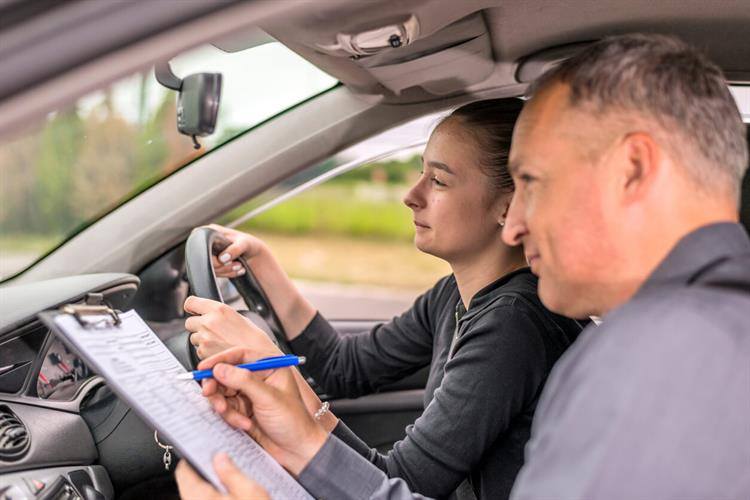The UK is an ideal place to live and work in, especially for drivers, as it has a well-developed transportation infrastructure. It allows you to work as a driver in high-paying sectors, including manufacturing, logistics, and public transportation and enjoy a high-quality lifestyle. However, it has strict traffic and employment rules that are crucial to follow to avoid legal issues.
In this guide, we will explain the most important driving and parking rules in the UK that every driver should know about.
Driving Test
Taking the driving test and getting a licence is the key to driving in the UK. Usually, you need to take this test only once, but in certain situations, you may have to take it again. For example, if you lose your licence because of serious offences, like dangerous driving or getting too many penalty points, you are required to retake both the theory and practical tests. Sometimes, drivers with certain medical conditions also have to prove that they are still safe to drive.
Make sure to keep checking the latest information and stay aware of when do you have to retake your driving test in UK, protecting you from legal issues and penalties.
Best Side of the Road to Drive
In the UK, all vehicles are required to be driven on the left-hand side of the road. Breaking this rule can lead to legal issues and even prison because it can cause serious accidents. So, whether driving or turning, always remember to stay on the left and give way to the traffic coming from your right. If you are new in the UK or driving for the first time, it is a good idea to practise in quiet areas first and get a proper driving licence.
Speed Limits
Another important rule that you must follow when driving in the UK is not to exceed the speed limit. The speed limit can be different in different areas. For example, in towns and cities, the usual speed limit is 30 miles per hour, on country roads, it is usually 60 miles per hour, and on motorways and dual carriageways, it is normally 70 miles per hour. However, it can be lower near schools, roadworks, or busy shopping areas.
Do Not Use a Mobile Phone
Using a mobile phone while driving is against the law in the UK unless you use a hands-free system. The state police are very strict about this because holding a phone, even just for a second, can distract you and cause accidents. If you are caught using a handheld mobile while driving, you can get a fine of up to £200 and six penalty points on your licence. New drivers who have had their licence for less than two years can even lose it completely.
Wear Seatbelt
Wearing a seatbelt is also a legal requirement to driving in the UK. This rule applies to the driver and to all passengers, even those sitting in the back seats, to save lives by stopping people from being thrown forward in a crash. Moreover, children must be in the correct car seats until they are either 12 years old or 135cm tall. If you are caught not wearing a seatbelt, you could get a fine.
Parking Rules
Along with driving rules, understanding the parking rules is also necessary to stay safe and avoid penalties. In the UK, no parking areas usually have double yellow lines, while single yellow lines mean that parking is restricted at certain times. Additionally, some parking spaces are reserved for disabled drivers, permit holders, or specific vehicles. So, make sure to look for pay and display machines or parking meters carefully before leaving your car.
VAT on Parking
In the UK, when parking a car in private car parks, like those at shopping centres or airports, you need to pay the VAT that is usually included in the parking charge. On the other hand, if you use council-run car parks or on-street parking provided by local authorities, VAT usually does not apply. Therefore, it is a good idea to ask is there Vat on parking and check who operates the car park before parking your vehicle.
Parking Zones and Permits
In many cities and towns, Controlled Parking Zones are common. It means you need a permit to park there during certain times. These permits are usually given to residents and businesses. Even outside of these zones, you may find places with special parking rules, like Pay and Display areas or time-limited bays. So, always read the signs carefully or check parking rules online before you travel.
Key Takeaway
Driving and parking in the UK may seem complicated at first, but once you understand the basic rules, it becomes much easier. Understanding these rules not only keeps you out of trouble but also makes you a more confident and responsible driver.
Read More Blogs: The Guest Blogs






